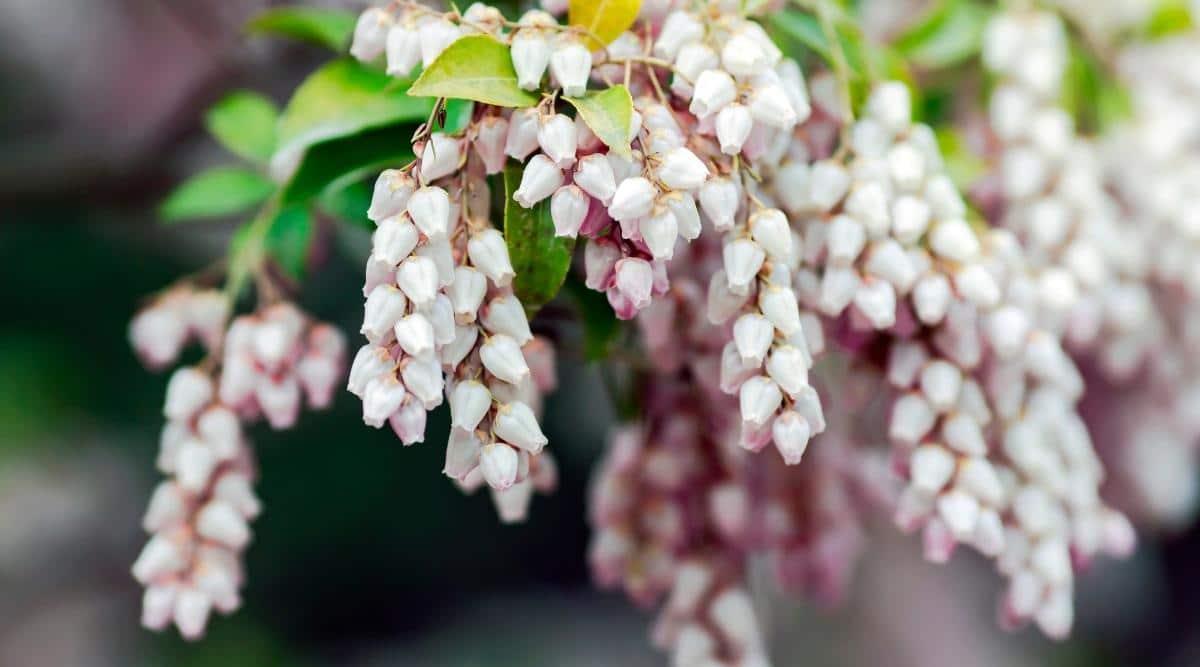mchec.org – Bearberry, scientifically known as Arctostaphylos uva-ursi, is a low-growing evergreen shrub that thrives in harsh environments, making it a perfect choice for challenging landscapes. Known for its small but striking flowers, glossy green leaves, and vibrant red berries, Bearberry is a plant that offers both ornamental beauty and practical benefits in the garden. It’s often used as ground cover, erosion control, and in rock gardens, but it also carries cultural significance in various regions.
Appearance and Characteristics
Bearberry is a compact shrub that typically reaches a height of 6 to 12 inches (15 to 30 cm) and spreads outward to form a dense mat of greenery. Its small, leathery leaves are evergreen, meaning they remain green throughout the winter, offering year-round interest. The plant’s stems are woody, and it often forms a sprawling, low-maintenance groundcover in natural landscapes.
In spring, Bearberry produces small, urn-shaped flowers that range from white to pale pink. These flowers grow in clusters and have a delicate, sweet scent. They bloom in late spring to early summer, attracting pollinators such as bees and butterflies. Once the flowers fade, the plant begins to develop its most distinctive feature—bright red berries, which ripen in late summer or early fall. These berries are often a favorite of wildlife, particularly bears (hence the name “Bearberry”), and birds, though they are not typically consumed by humans due to their mild toxicity.
The plant’s vibrant red berries provide an eye-catching contrast against the evergreen leaves, making Bearberry a valuable addition to gardens that seek year-round interest.
Growing Conditions and Care
Bearberry is a hardy plant that thrives in poor, well-drained soils, making it perfect for areas with sandy or rocky conditions. It is native to the Northern Hemisphere, including parts of North America, Europe, and Asia, and is well-suited to cooler climates. Bearberry prefers acidic to neutral soils and does best in areas that receive full sun to partial shade.
One of the main attractions of Bearberry is its drought tolerance. Once established, the plant requires little water and can thrive in dry, sandy soils, making it an excellent choice for xeriscaping or low-water gardens. It also tolerates a wide range of soil types and can grow in areas that are inhospitable to many other plants.
Bearberry is a slow-growing plant, and it may take a few years to establish a dense mat of growth. However, once established, it is relatively low-maintenance. The plant does not require frequent pruning, but removing dead or damaged stems can help maintain its tidy appearance. In the winter, Bearberry may benefit from protection in extremely cold climates, but it is generally frost-hardy.
Benefits and Uses
Bearberry has many practical uses in landscaping and gardening. As a ground cover, it is excellent for preventing soil erosion on slopes or in areas with poor soil. Its dense growth habit helps stabilize the soil and prevent weeds from taking root. Bearberry is also a good choice for filling in between rocks in rock gardens or along pathways where other plants may struggle to grow.
In addition to its use as ground cover, Bearberry has ornamental value due to its year-round interest. The small white or pink flowers in spring, glossy green leaves in summer, and bright red berries in fall make it an attractive plant in various garden settings. It also works well in native plant gardens, cottage gardens, or woodland gardens, where it can blend seamlessly into the natural landscape.
Moreover, Bearberry is an important plant for wildlife. The berries are a food source for various animals, including birds, deer, and bears, which help spread the plant’s seeds. Its dense growth also provides shelter for small animals.
Symbolism and Medicinal Uses
Bearberry has a long history of medicinal use, particularly in traditional herbal medicine. The leaves of the plant contain compounds that have been used as an astringent and diuretic, and it has been employed in the treatment of urinary tract infections (UTIs) and kidney problems. However, it should be used with caution, as large amounts can be toxic. Always consult a healthcare professional before using Bearberry for medicinal purposes.
In some cultures, Bearberry is also associated with strength and resilience due to its ability to thrive in harsh environments. The plant’s name, “Arctostaphylos uva-ursi,” translates to “bear’s grape,” which further ties it to the symbolism of endurance and survival in the wild.
Conclusion
Bearberry is a versatile and resilient plant that offers numerous benefits for gardeners and landscapers. Whether used for ground cover, erosion control, or simply as an ornamental addition, its evergreen leaves, delicate flowers, and vibrant berries provide year-round interest. Its low-maintenance nature and ability to thrive in challenging conditions make it an ideal choice for gardeners looking for a hardy and attractive plant. With its wildlife-friendly qualities and cultural significance, Bearberry is a valuable addition to any garden.

